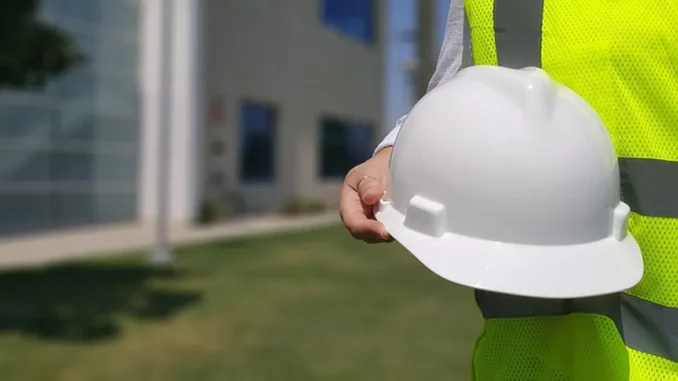
In the current climate where safety and compliance are of utmost importance, navigating changes in industry standards can often resemble a complex maze. A recently revised Code of Practice pertaining to the selection of building hardware for fire-resisting and escape door assemblies and doorsets has been introduced, marking a significant shift in the industry. To gain a deeper understanding of these changes and their implications, I spoke with Martin Clarke, an architect and compliance consultant with over two decades of experience. His insights offer a revealing glimpse into how these revisions are poised to transform the landscape of building safety.
Focus360 Energy: property compliance services – pre-planning to post-construction. Learn more.
Martin Clarke’s enthusiasm for his field is truly infectious. As we settled into a quiet corner of a bustling coffee shop, his passion for the subject was immediately apparent. “The revision of this Code of Practice was long overdue,” he stated, taking a thoughtful sip of his espresso. “Given the rapid advancements in materials and technology, updating these guidelines was essential to not only meet safety standards but to exceed them.”
The revised Code of Practice, as Martin elaborated, goes beyond being a mere set of instructions; it serves as a comprehensive framework aimed at refining the hardware selection process for fire-resisting doors. “Every detail counts in fire safety,” he emphasised. “Choosing the right hardware can determine whether a door withstands the stress of an emergency or fails prematurely.” Martin pointed out that one of the most significant changes is the shift from prescriptive measures to performance-based criteria. “Previously, compliance was about ticking boxes,” he said. “Now, there’s a greater emphasis on understanding how components perform under stress and how they interact within the entire doorset system.”
This pivot towards performance-based assessments encourages innovation throughout the industry. “Manufacturers are now motivated to develop hardware that not only meets the minimum requirements but also exceeds the expectations set by the new Code,” Martin explained. “It’s an exhilarating period for the sector as we witness new technologies and materials being tested and implemented, ultimately leading to safer buildings.”
Martin shared a telling anecdote that captured the real-world implications of these changes. “I was recently involved in a project to replace all the fire doors in a historic building,” he recounted. “We were able to select hardware that not only complied with the new Code but also complemented the building’s aesthetic. It was a perfect blend of form and function. These revisions allow us to uphold safety without sacrificing architectural integrity.”
The revised Code also emphasises the importance of considering the doorset as an integrated whole rather than focusing on individual parts. “A door is not just a slab of wood or metal,” Martin asserted. “It’s a complex system where each component must function in harmony to ensure safety. The Code now mandates a more holistic approach to design and installation.”
While Martin acknowledged the positive aspects of these changes, he also recognised the challenges they present. “There’s certainly a learning curve,” he admitted. “Architects, builders, and compliance officers must familiarise themselves with the new standards, which can be daunting. However, the industry is rising to the occasion, with training sessions and workshops to help professionals get up to speed.”
He also highlighted the critical importance of collaboration across the industry. “Working in silos is no longer viable,” he cautioned. “Architects, engineers, builders, and manufacturers must communicate and collaborate effectively. The revised Code makes this cooperation all the more crucial.”
As our discussion came to a close, I asked Martin what advice he might offer to those navigating these changes. “Stay informed and proactive,” he advised. “Engage with the new standards and view them not as obstacles but as opportunities for improvement and innovation. Ultimately, our goal is to create safer environments for people, which is a mission we can all take pride in.”
Reflecting on Martin’s insights as I left the coffee shop, it became clear that the revised Code of Practice represents more than a mere set of rules. It serves as a catalyst for change and advancement within the industry. As professionals adapt to these new standards, they are not only enhancing their expertise but also contributing to a safer, more resilient built environment.


Be the first to comment